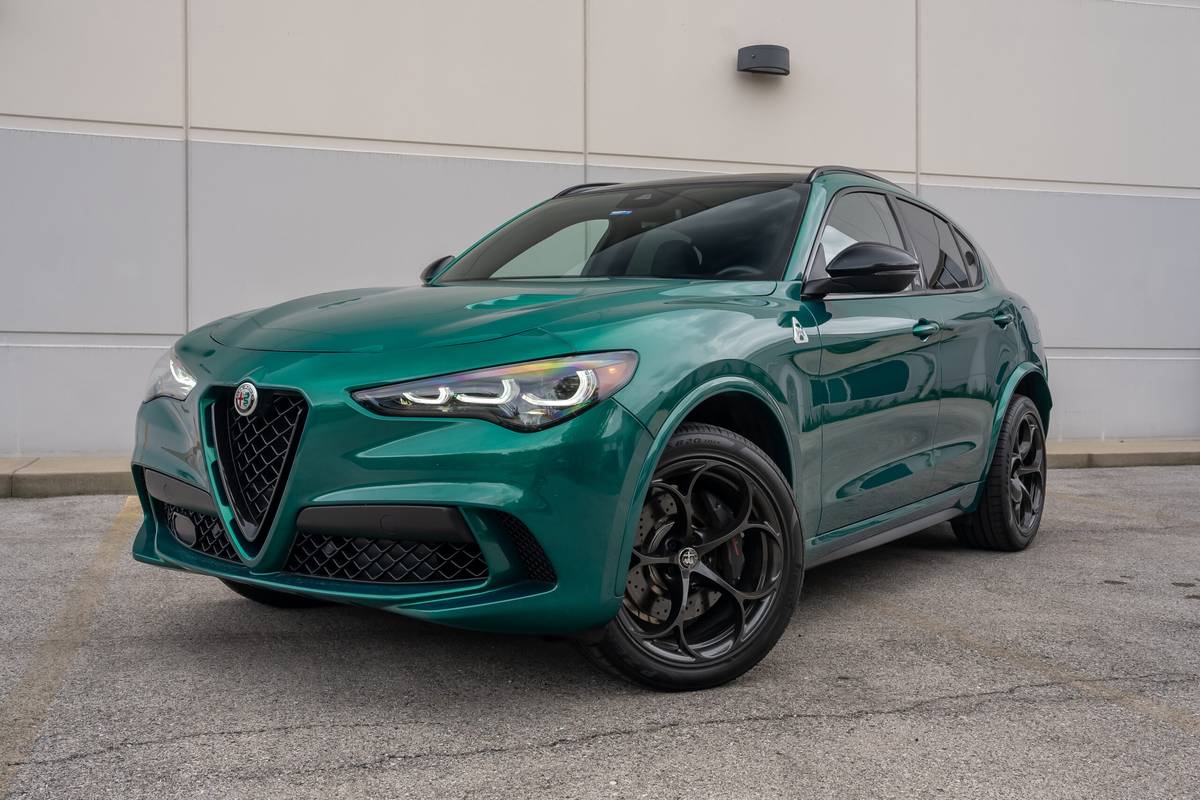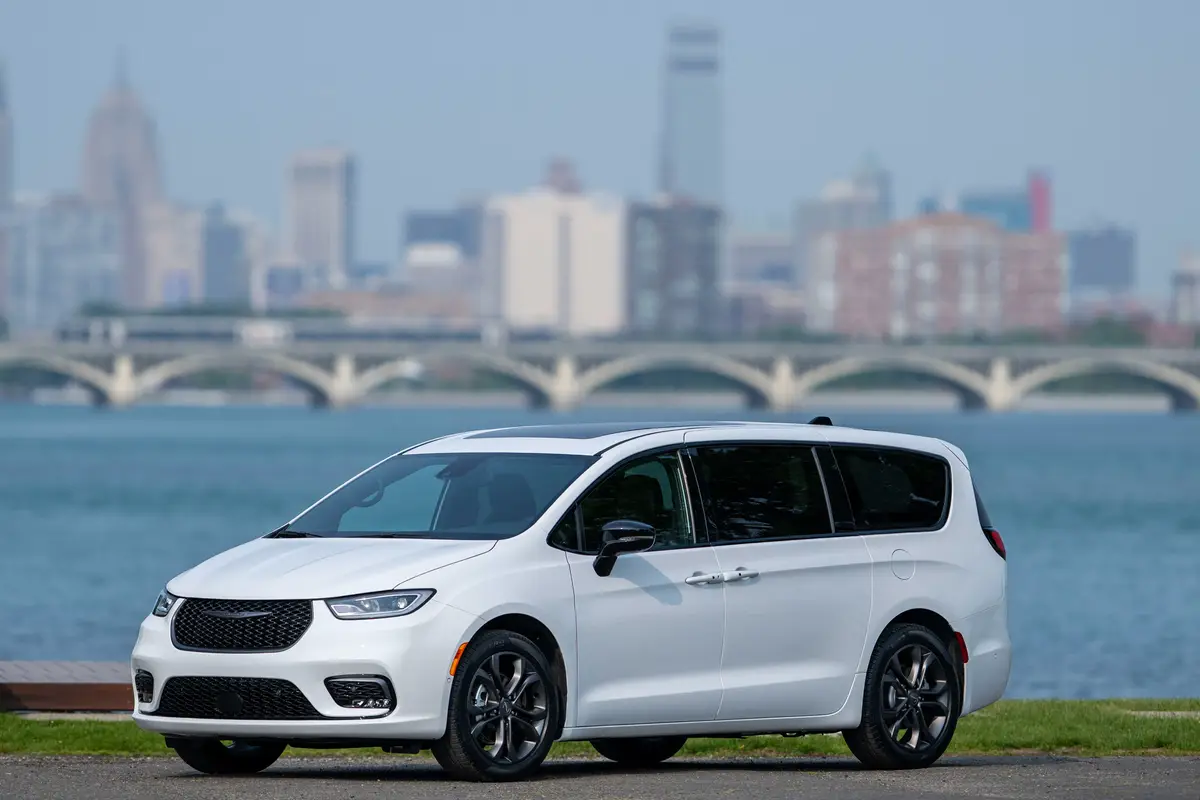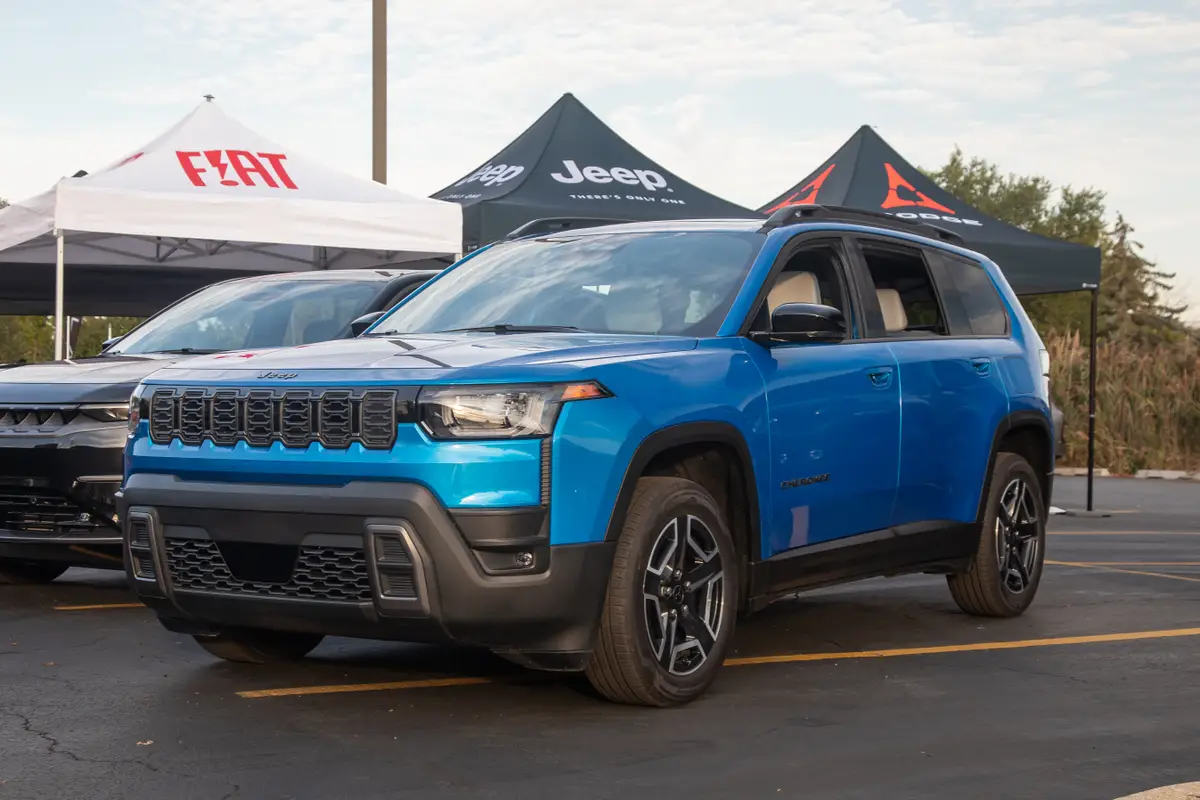The Detroit News's view
Critics at the recent Frankfurt Auto Show derided BMW AG’s redesigned 7-series flagship as one of the most unappealing creations on the floor, while castigating the Bavarian automaker for engineering an overly complicated control system for its new luxury sedan.
Proponents, meanwhile, say the new 7-series, which arrives in North America early next year as a 2002 model, may be the best BMW ever.
The car’s polarizing exterior shape was crafted under the direction of Chris Bangle, the company’s American-born head of design. It marks a dramatic departure for BMW, known previously for its conservative and mainly evolutionary styling, especially on the 3-, 5- and 7-series sedans.
Yet Bangle for several years has been nudging the Germans into riskier territory as the company’s recent concepts and newer production vehicles like the Z8 begin to skirt the edge of the design envelope.
In any case, the new 7-series, which goes on sale shortly in Europe, looks drastically different from its predecessor. There’s a whole new face that’s been drawn around the hallmark BMW twin kidney grilles, so the latest car still bears a slight family resemblance to the rest of stable, even though its scalloped headlamps look much more fresh and contemporary.
There’s an even more pronounced departure in the rear, where the styling looks like it might have come from one of the major Japanese studios. The big wraparound taillamps, for instance, could have been lifted directly from the Acura RL sedan. Critics don’t much seem to care for the taller-than-usual deck, which they claim gives the car an awkward, tail-heavy look. But it’s the new iDrive system inside the cockpit that disturbs some tech-wary observers.
BMW describes iDrive as “a new concept in advanced driver orientation and motoring.” Its aim is to reduce the number of controls and instruments in the vehicle, presumably to simplify things for the driver. However, at first glance, it appears that new drivers may need intensive training before they’ll be able to drive 10 feet in the new 7-series.
Don’t bother searching for a slot for the traditional ignition key or for the usual transmission shift lever. BMW says these devices have been deemed “technologically obsolete.” Under the iDrive concept, they’ve been replaced by smaller switches and levers arranged on and around the steering wheel, which to an American eye looks frightfully complicated and off-putting.
For instance, there’s now a stop/start button and a multifunction remote control in place of the conventional ignition switch. The drive-by-wire transmission is controlled not by a shift lever in the center console, but via pushbuttons on the steering wheel.
In addition, the iDrive system uses a large round knob in the center console to control a variety of functions and is linked to an in-vehicle network that includes an onboard navigation system, built-in cellular phone and in-dash color display. Other features include programable cruise control and an emergency response system.
Among other things, iDrive provides mobile Internet access, including e-mail and stock quotes, as well as weather and traffic updates, even an aerial view of the vehicle’s current location. The system also incorporates voice recognition for many functions.
Fortunately, BMW has devoted just as much attention to the vehicle’s dynamics and safety systems. On the safety front, the new 7-series has a full array of air bags and cushions, and features active head restraints and knee bolsters for additional occupant protection. But the company, which has a rich heritage of building high-performance cars, believes active safety is just as important as the passive protective systems.
Thus, the new 7-series boasts such advanced chassis features as active roll stabilization and continuously variable electronic damper control, which along with dynamic stability control enable a more comfortable controlled ride.
European buyers will be able to order a new 735i with a twin-cam 3.6-liter V-8 rated at 272 horsepower and mated to a new ZF six-speed automatic transmission.
For the U.S. market, the base model will be the 745i, powered by a more refined and powerful variant of the current twin-cam 4.4-liter V-8, delivering 325 horsepower and 330 pounds-feet of torque. The same engine will power the long-wheelbase 745Li. Later in the year, BMW will introduce a new 760Li, with a 400-horsepower DOHC 6.0-liter V-12 under the hood.
With the new 4.4-liter V-8 and six-speed automatic, BMW says the U.S.-spec version of the 745i will be able to accelerate from zero to 60 miles per hour in just under six seconds. Top speed will be electronically limited to 150 mph.
The U.S.-spec 745i will ride on 18-inch V-rate all-season tires, with 19-inch performance tires available as an option.
Other features include variable-assist/variable-ratio power steering, four-wheel ventilated disc brakes with antilock, and a tire-pressure monitor system.
Latest news



